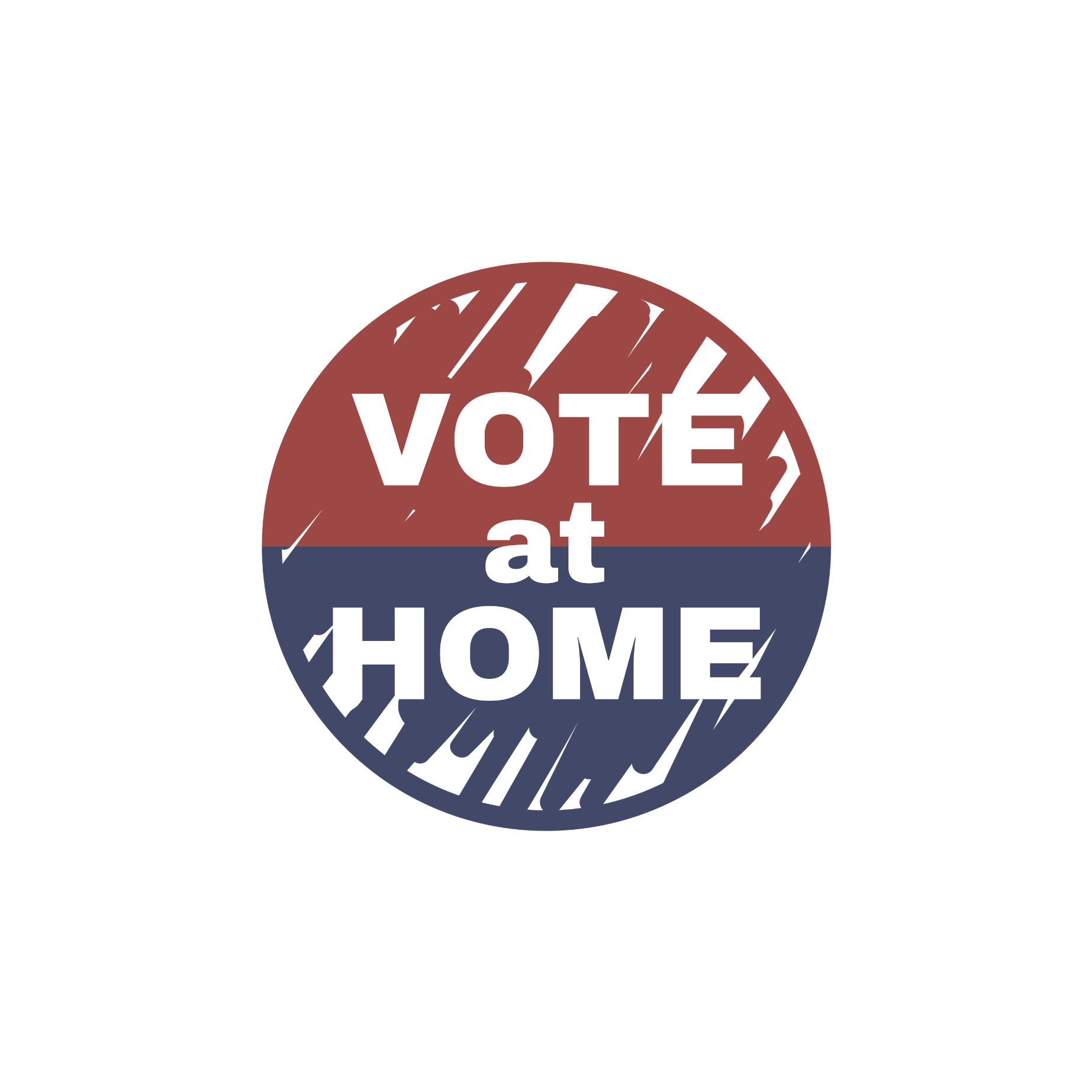The COVID-19 crisis has sparked interest in all-mail voting as a potential policy solution for avoiding in-person elections. However, past research into the effect of all-mail voting on voter turnout has found mixed results. We exploit the implementation of all-mail voting in Colorado, where statewide policy implementation was effective but turnout has been understudied, to estimate the effect of all-mail voting on turnout for all registered voters, along with age, racial, education, income, and occupational subgroups. Using large voter file data and a difference-in-differences design within individuals, we find an overall turnout effect of approximately 9.4 percentage points. Turnout effects are significantly larger among lower-propensity voting groups, such as young people, blue-collar workers, voters with less educational attainment, and voters of color. The results suggest that researchers and policymakers should look to Colorado’s all-mail voting approach as an effective model for boosting aggregate turnout and reducing disparities across subgroups.
All-Mail Voting in Colorado Increases Turnout and Reduces Turnout Inequality

